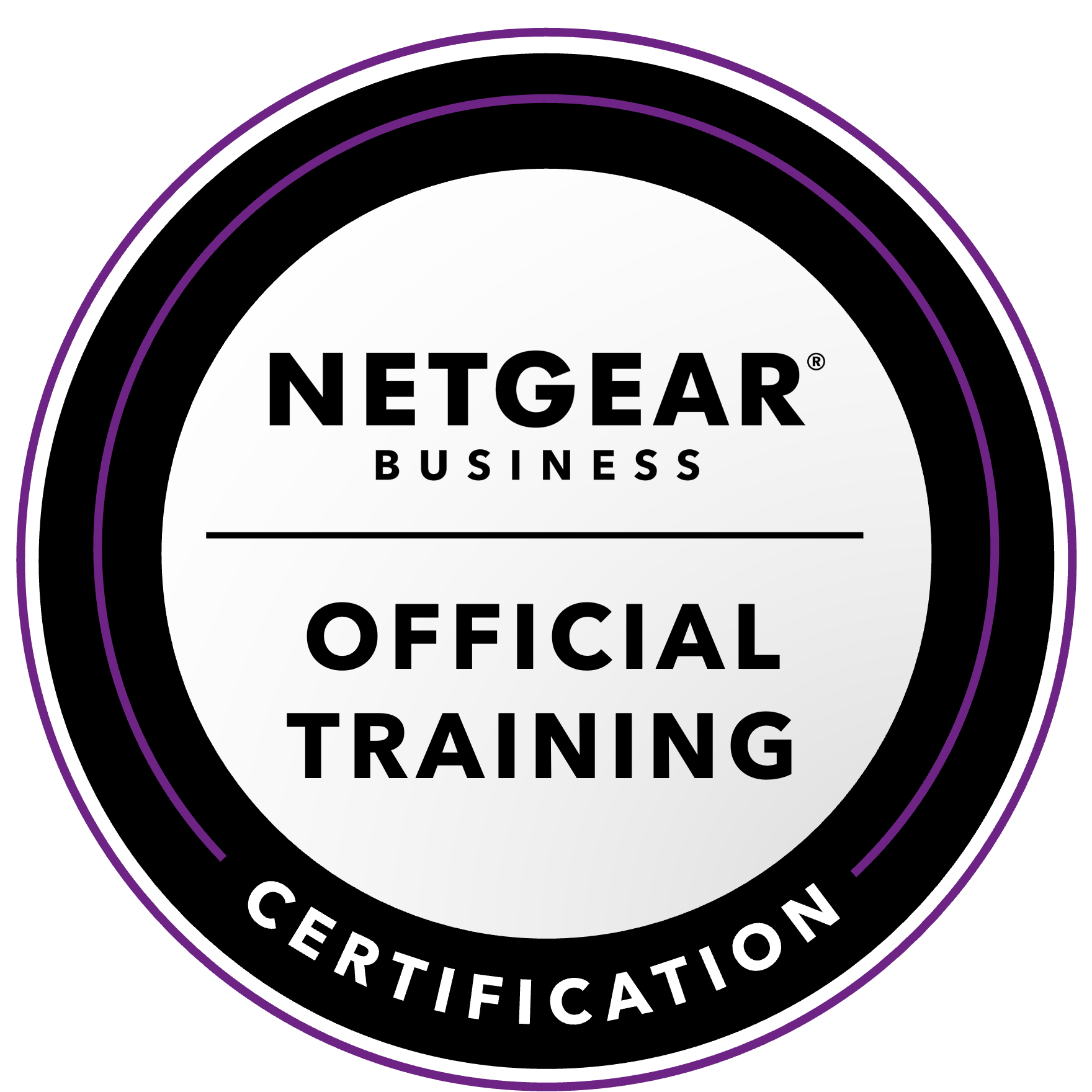NETGEAR is aware of a growing number of phone and online scams. To learn how to stay safe click here.
Forum Discussion
spinaltap1
Jul 27, 2012Aspirant
Mac OSX Transfer between ReadyNAS'
This is how I more 'speedily' transfer music and movie files between a ReadyNAS Duo.v1 and NV+.v2 in OSX Lion/Mountain Lion...
Initially, do not switch-on either ReadyNAS.
Unplug direct connection to router/internet on your Mac. Use a gigabit switch - such as a Netgear GS608 between ReadyNAS devices, each connected to the switch by ethernet. Your Mac should also be connected to the same switch.
In OSX, select 'system preferences' > network > ethernet. In 'configure IPv4: using DHCP with manual address' > IP address: enter 192.168.168.100. Then 'apply'. This will show a subnet mask of 255.255.255.0 and DNS Server: 194.168.4.100 and 194.168.8.100.
Switch-on each ReadyNAS. When powered-up, launch RAIDar.
On NV+2.v2 (or destination ReadyNAS) select 'set-up'. In FrontRow, select 'configure' > ethernet. In 'ethernet settings' > IPv4 assignment, use the following IPv4 address > 192.168.168.150. Default Gateway: enter 192.168.168.100 (from OSX network preferences). Apply. Ignore warning message.
On DUO (or ReadyNAS from where data is being extracted) select 'network' > interfaces > IPv4 assignment: use values below. Enter IPv4 address: 192.168.168.200 - and subnet mask 255.255.255.0 - then 'apply'.
Exit RAIDar. Open again and rescan. The NV+v2 should now show the IP Address as being 192.168.168.150. The DUO should now show the IP Address as being 192.168.168.200
When you open up FrontRow on the NV+2.v2, for example, and open 'configure' the DNS settings will now match those indicated in the DNS Server setting in the ethernet network pane of OSX.
For transferring either music or movie files between ReadyNAS'...
On NV+2.v2 open Mac hard drive folder (top right hand side). Choose NV+2.v2 (AFP) from left hand side column, then navigate to either music or movies folder.
On DUO, repeat the above, but choose DUO (AFP) and navigate to either music or movies folder.
From the DUO select chosen number of folders (or all of them) and drag to the NV+2.v2 window.
The files will now transfer.
Go get coffee, have a shower, mow the lawn - even interact with other family members - while your files transfer.
When finished, eject both ReadyNAS' from the finder.
Then, reinstall your internet connection - which in my case involves plugging an ethernet cable back into my homeplug.
In OSX > system preferences > network > configure IPv4 > automatically > apply.
On the NV+2.v2 in FrontRow > ethernet settings > IPv4 Assignment > Obtain an IPv4 Address automatically. Apply.
On DUO in FrontRow > ethernet > IPv4 assignment > use values from a DHCP Server. Apply.
Exit FrontRow.
Exit RAIDar.
Power-down each ReadyNAS. Then switch back on.
Launch RAIDar. The IP address of each ReadyNAS should now indicate the value assigned to it by your DHCP router.
Initially, do not switch-on either ReadyNAS.
Unplug direct connection to router/internet on your Mac. Use a gigabit switch - such as a Netgear GS608 between ReadyNAS devices, each connected to the switch by ethernet. Your Mac should also be connected to the same switch.
In OSX, select 'system preferences' > network > ethernet. In 'configure IPv4: using DHCP with manual address' > IP address: enter 192.168.168.100. Then 'apply'. This will show a subnet mask of 255.255.255.0 and DNS Server: 194.168.4.100 and 194.168.8.100.
Switch-on each ReadyNAS. When powered-up, launch RAIDar.
On NV+2.v2 (or destination ReadyNAS) select 'set-up'. In FrontRow, select 'configure' > ethernet. In 'ethernet settings' > IPv4 assignment, use the following IPv4 address > 192.168.168.150. Default Gateway: enter 192.168.168.100 (from OSX network preferences). Apply. Ignore warning message.
On DUO (or ReadyNAS from where data is being extracted) select 'network' > interfaces > IPv4 assignment: use values below. Enter IPv4 address: 192.168.168.200 - and subnet mask 255.255.255.0 - then 'apply'.
Exit RAIDar. Open again and rescan. The NV+v2 should now show the IP Address as being 192.168.168.150. The DUO should now show the IP Address as being 192.168.168.200
When you open up FrontRow on the NV+2.v2, for example, and open 'configure' the DNS settings will now match those indicated in the DNS Server setting in the ethernet network pane of OSX.
For transferring either music or movie files between ReadyNAS'...
On NV+2.v2 open Mac hard drive folder (top right hand side). Choose NV+2.v2 (AFP) from left hand side column, then navigate to either music or movies folder.
On DUO, repeat the above, but choose DUO (AFP) and navigate to either music or movies folder.
From the DUO select chosen number of folders (or all of them) and drag to the NV+2.v2 window.
The files will now transfer.
Go get coffee, have a shower, mow the lawn - even interact with other family members - while your files transfer.
When finished, eject both ReadyNAS' from the finder.
Then, reinstall your internet connection - which in my case involves plugging an ethernet cable back into my homeplug.
In OSX > system preferences > network > configure IPv4 > automatically > apply.
On the NV+2.v2 in FrontRow > ethernet settings > IPv4 Assignment > Obtain an IPv4 Address automatically. Apply.
On DUO in FrontRow > ethernet > IPv4 assignment > use values from a DHCP Server. Apply.
Exit FrontRow.
Exit RAIDar.
Power-down each ReadyNAS. Then switch back on.
Launch RAIDar. The IP address of each ReadyNAS should now indicate the value assigned to it by your DHCP router.
4 Replies
Replies have been turned off for this discussion
- StephenBGuru - Experienced UserSeems to me that it would be simpler to use frontview backup in the v1 to transfer data to/from the v2.
- mdgm-ntgrNETGEAR Employee RetiredI agree with Stephen.
Also seems that it would be simpler to have both NASes connected to the gigabit switch and the gigabit switch connected to the router. Should be able to get gigabit speeds that way. You could connect the Mac to the gigabit switch too for fast transfers from your Mac to/from the NAS. - spinaltap1AspirantWith my router (located at the other end of the house, and connected by homeplugs), I got significantly slower transfer speeds compared to eliminating the router from the network and connecting directly through the gigabit switch.
What is more, I didn't utilise the usb backup facility on both ReadyNAS' as usb 2.0 is slower that gigabit ethernet.
...and I did connect my Mac to the gigabit switch too - if you read my initial posting. - StephenBGuru - Experienced UserNormally you want to connect all your the wired devices to the switch (including the router). If you do that, then the router does not slow anything down - once the connection is established, the switch does all the work (the traffic never even reaches the router). So there is no reason to disconnect the router.
Homeplug on the other hand is certainly a bottleneck, it is much slower than gigabit ethernet.
Related Content
NETGEAR Academy

Boost your skills with the Netgear Academy - Get trained, certified and stay ahead with the latest Netgear technology!
Join Us!
